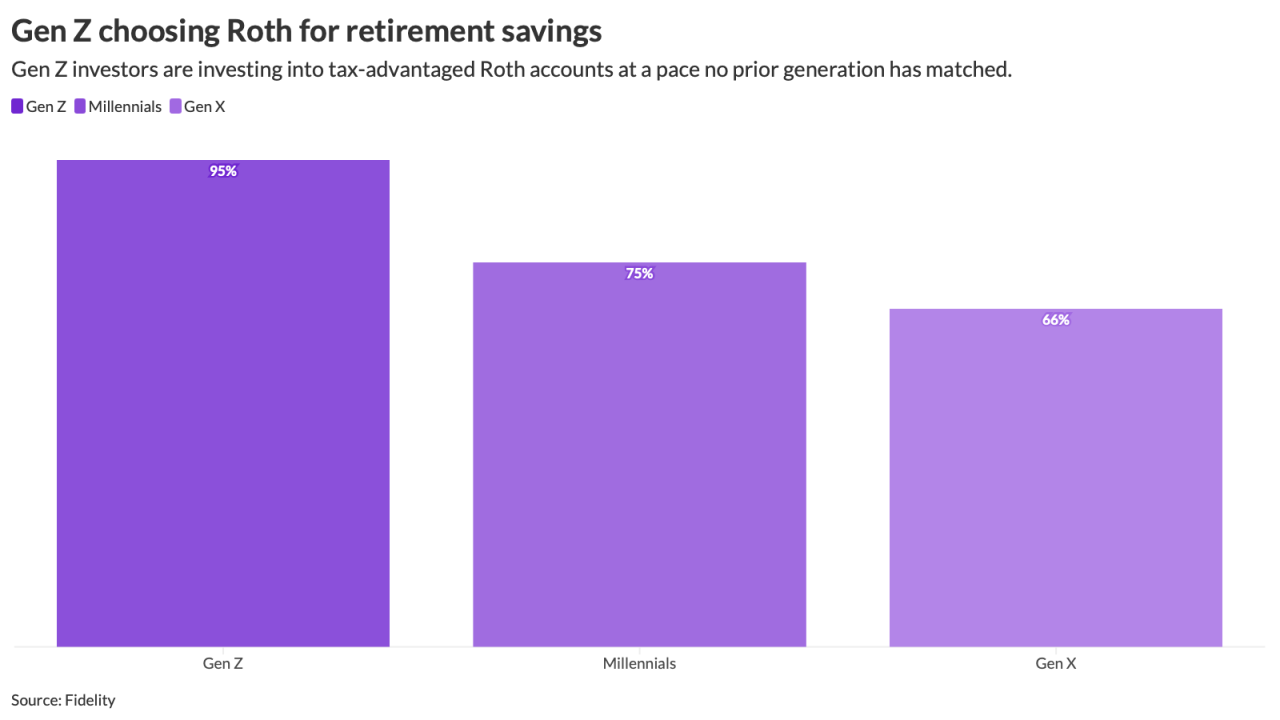It’s an appealing proposition, to set a certain price to what you’ll spend on employee’s health care costs. Long gone may be the days of having to wait an entire year to know what your numbers are for this year and basing future strategy on numbers you don’t have. It’s the appeal of an exchange, where employers could release their employees to the winds to choose what kind of coverage they want.
But even the experts are unsure if this will really happen, and if so, if that’s the best choice for self-insured employers.
“What they find compelling is that it eliminates volatility, you can cap your costs, it’s a path of great attractiveness to most small employers, but most of you won’t want to do that for a host of reasons,” Jim Winkler, senior vice president at Aon Hewitt, said last week at the National Business Group on Health conference on employer-sponsored health care. Instead, the solution may lay in what Winkler called, “House money, house rules,” where employers play by the new rules set by the Patient Protection and Affordable Care Act, but with new initiatives.
Samantha Dubridge, senior director of global benefits strategy at Hewlett Packard, said HP has already implemented its own “senior navigations exchange,” which was used to phase out fully-paid retiree health care to a more “consumerist” model. Gaining participation was slow going, but she said it served the purpose of introducing the concept of exchanges and gauge what retirees thought of them.
McKesson, a health care information technology firm, also has used several strategies to drive down costs, one of which was making consumer-driven health plans its primary plan offering in 2010. PPOs and HMOs still exist in some regions, but in most workplaces, the only option is a CDHP with different levels. Gerri Burruel, director of employee benefits at McKesson, said the firm felt pushback from employees when the plan first was rolled out.
“We heard loud and clear that, ‘We’re a health care company; we should have the best health care available.’ What does that mean? 100% coverage. Our comeback to that was, ‘If we’re a health care company, we should be the healthiest health care company in the U.S.,’” Burruel recalls. McKesson recently hired a wellness program manager, who has implemented several wellness programs with positive results.
Though both companies have seen relative success with trying to contain costs, they haven’t solved the problem of 8% to 9% annual health care costs increases.
Still, Winkler suggested that for many organizations, corporate exchanges don’t make sense. “You have to believe that the employment relationship and total rewards philosophy is such that you can monetize certain things,” he said. “The people best equipped to reform the system are people like us and not people down the block on Capitol Hill. But we’re fighting a demographics shift and a global economy. Employees love medical benefits, it’s incredibly important. There will be continued risk; being innovative means sometimes you stumble.”





